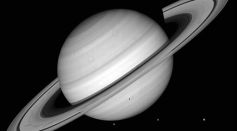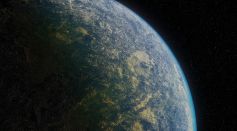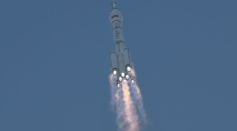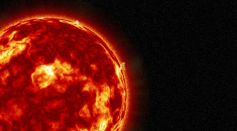SPACE
SpaceX Launch Swedish Broadband Satellite Ovzon-3 Aboard Falcon 9 After Ariane 5’s Demise

Total Solar Eclipse 2024: 10 Major Cities in North America in Path of Totality, Duration, and Potential Mass Travel Event
NASA Exploration of the Moon 2024: Agency to Send Astronauts on Lunar Flyby Mission for the First Time After 50 Years

Hubble Telescope Captures ‘Spokes’ in Saturn’s Rings; What Are These Mysterious Shadows?

Quadrantid Meteor Shower 2024: Brief, Intense Showtime of Over 100 Shooting Stars Per Hour Awaits the Northern Skies
Korea’s Artificial Sun KSTAR Receives Upgrade to Withstand Temperature 6 Times Hotter Than Center of the Sun
Light Pollution Management: How a Small Japanese Town Maintains Its Dark Skies

Juno Probe Reveals Closest-Ever View of Jupiter's Volcanic Moon Io, Unveiling Ongoing Volcanic Activity in Stunning Detail

Alien Life Could Be Indicated by Low Carbon Dioxide Levels on Distant Planets; NASA's James Webb Telescope at the Helm

Rocket Debris from China's Satellite Launch Narrowly Misses Inhabited Areas, Fiery Landing Captured on Camera

Aurora Alert? Intense X5-Class Solar Flare Bursted on New Year's Eve, Making It the Strongest in 6 Years
PAH Molecules From Asteroids Likely Predate the Solar System, Suggest Origin of Organic Compound in Colder Regions of Space
International Astronaut to Join NASA’s Future Moon Landing
First Interstellar Meteor's 10th Anniversary: Galileo Project Unveils Secrets of IM1 in the Pacific Ocean
Most Popular

Largest Known Volcanic Aquifer Discovered Beneath Oregon's Cascades

New 'Supergiant' Sea Bug Found in South China Sea, Named After Darth Vader

Mediterranean Sea Was Refilled by a Catastrophic Flood Millions of Years Ago

Mysterious Cosmic Waves That Sound Like Birds Detected in Unexpected Space Region




